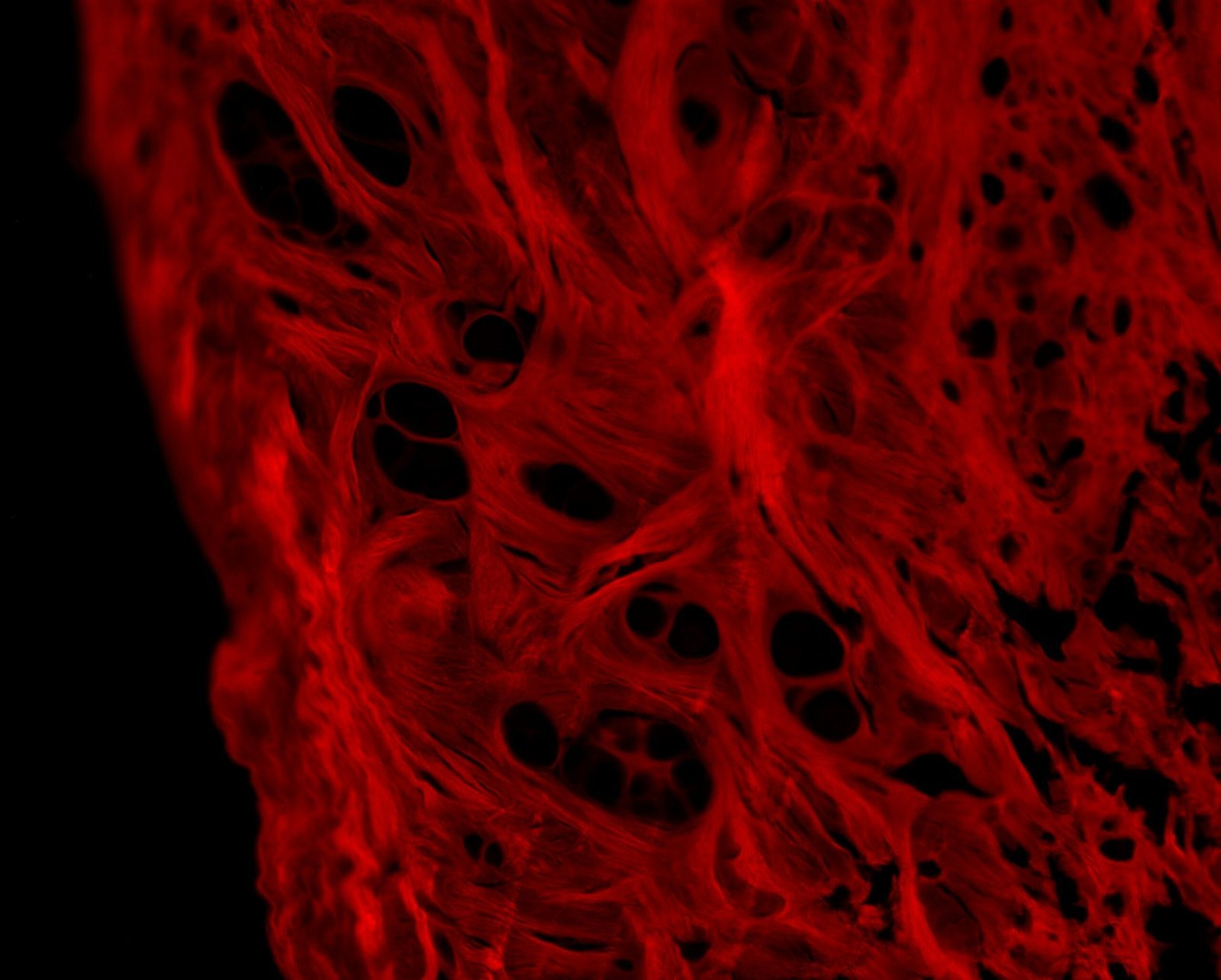
Introduction to Regenerative Medicine
Regenerative medicine represents a paradigm shift in medical science, emphasizing the body’s intrinsic ability to heal itself. This field focuses on repairing, replacing, and regenerating human cells, tissues, or organs to rejuvenate normal function. Unlike traditional treatments, which primarily address symptoms, regenerative approaches aim to restore or establish normal function by addressing the root cause of the damage.
The roots of regenerative medicine trace back to the early 20th century, with landmark discoveries such as the identification of stem cells. Over the decades, advances in cellular biology, molecular genetics, and tissue engineering have propelled the field forward. Modern regenerative medicine encompasses stem cell therapy, tissue engineering, and bio-organ development using 3D bioprinting, reflecting its rapid evolution into a multidisciplinary science.
The importance of regenerative medicine in today’s medical landscape cannot be overstated. It provides novel, often transformational, therapeutic options for conditions that are currently deemed untreatable or require lifelong management. Regenerative treatments hold the potential to change the course of chronic diseases, speed up recovery processes, and significantly improve patients’ quality of life.
Currently, regenerative medicine is at the forefront of innovative healthcare solutions, with numerous promising applications and research outcomes. For example, hematopoietic stem cell transplantation is a clinically established therapy for blood disorders. Additionally, advancements in tissue engineering have led to the development of artificial skin for burn victims and lab-grown cartilage for joint repair. Emerging research is also exploring the potential of regenerating neural tissues, aiming to offer hope for conditions such as spinal cord injuries and neurodegenerative diseases.
As we stand on the cusp of a new era in medicine, the significance of regenerative approaches becomes increasingly apparent. By harnessing the body’s natural healing mechanisms, these therapies open doors to personalized medical interventions, extending the possibilities of what can be achieved in health restoration and disease prevention.
Biotechnological Advances in Regenerative Medicine
Biotechnology has played a pivotal role in the evolution of regenerative medicine, driving advancements that were once confined to the realm of science fiction. At the forefront of these developments is stem cell therapy, which harnesses the unique ability of stem cells to differentiate into various cell types, offering substantial promise for regenerating damaged tissues and treating diverse medical conditions. Through sophisticated techniques, scientists can now isolate, grow, and reprogram stem cells to target specific repair and regeneration needs within the body.
Tissue engineering is another groundbreaking area propelled by biotechnology. By combining cells, biochemical factors, and engineering principles, researchers have been able to construct functional tissues and organs in vitro. This progress is further augmented by innovations in bioprinting, a process that utilizes 3D printing technology to create complex tissue structures layer by layer. The integration of bioprinting with biomaterials and scaffold development has revolutionized our approach to tissue regeneration, providing the necessary support and environment for cells to grow and form new tissues.
Genetic technologies, particularly the advent of CRISPR-Cas9, have significantly advanced regenerative medicine. This precise gene-editing tool allows for the modification of genetic material within cells, correcting mutations that cause diseases and paving the way for gene therapies that could potentially cure genetic disorders. The applications of CRISPR extend beyond gene therapy to include the enhancement of tissue engineering and stem cell therapies, making it an indispensable tool in biotech solutions for healing.
Innovative biotechnological approaches are continually being explored to address a myriad of medical issues. For instance, the development of bioactive materials that can interact with biological systems to promote healing and the integration of artificial intelligence in designing personalized regenerative therapies are just a few examples of ongoing research efforts. These advancements underscore the enormous potential of biotechnology to not only address existing conditions but also improve overall patient outcomes, heralding a new era in medical science marked by unprecedented curative possibilities.
Clinical Applications and Success Stories
Regenerative medicine has emerged as a transformative field in the medical world, offering promising solutions for previously untreatable conditions. Through the innovative use of stem cells, growth factors, and biomaterials, regenerative medicine aims to repair or replace damaged tissues and organs, providing hope for patients with critical health issues.
A notable success story within regenerative medicine is the use of stem cells to treat cardiovascular diseases. Heart disease patients have seen remarkable improvements, with stem cell-based therapies enabling the regeneration of heart tissue, thereby enhancing cardiac function. These treatments have significantly increased survival rates and reduced the need for heart transplants.
Another groundbreaking advancement is the development of artificial organs. Researchers have successfully cultivated organs such as kidneys and livers in the lab, which can be transplanted into patients, thereby addressing the severe shortage of organ donors. This innovation not only saves lives but also reduces the risks associated with organ transplantation, such as rejection and long-term dependency on immunosuppressive drugs.
Healing chronic wounds, which often fail to respond to conventional treatments, has seen promising results through regenerative approaches. Techniques involving skin grafts derived from the patient’s own cells have shown a high success rate in closing otherwise untreatable wounds. This method accelerates the healing process and minimizes scar formation, dramatically improving the quality of life for patients suffering from chronic ulcers and large burn injuries.
Spinal cord injuries, historically deemed irreversible, have also seen encouraging progress in the field of regenerative medicine. Through the introduction of stem cells and specialized growth factors, researchers have documented cases of partially restored movement and sensation in patients with spinal cord damage. These breakthroughs open new avenues for rehabilitation and long-term recovery.
Despite these monumental achievements, the field of regenerative medicine faces considerable challenges. Issues such as immune rejection, the complexity of fully mimicking native tissue environments, and high costs hinder widespread application. Nevertheless, ongoing research and clinical trials are focused on overcoming these barriers, striving towards making regenerative treatments more accessible and effective for broader patient populations.
Future Perspectives and Ethical Considerations
As regenerative medicine continues to evolve, its promise extends far beyond current medical capabilities, offering a glimpse into a future of personalized and precise therapeutic solutions. Personalized medicine is at the forefront of this revolution, utilizing patient-specific data to tailor interventions, thereby enhancing efficacy and minimizing adverse effects. Advances in genetic engineering, including CRISPR-Cas9 and other gene-editing technologies, are opening new avenues for correcting genetic abnormalities at their source, potentially curing previously untreatable conditions.
The integration of Artificial Intelligence (AI) and machine learning within regenerative medicine represents another pivotal development. AI and machine learning algorithms can analyze vast datasets, identifying patterns and predicting outcomes that human analysts might overlook. These technologies can expedite the research and development of regenerative therapies, optimize treatment plans, and ultimately lead to more effective and affordable healthcare solutions. For instance, AI can aid in designing scaffolds for tissue engineering or predict patient responses to different regenerative treatments.
However, the advancement of regenerative medicine is not without its ethical, legal, and social complexities. Gene editing presents significant ethical challenges, particularly concerning the potential for unintended consequences and the moral considerations of altering human DNA. There is a growing debate on the extent to which these technologies should be utilized, especially when it comes to germline editing, which affects future generations.
Cost and accessibility are paramount concerns in the realm of regenerative therapies. The development and implementation of these advanced treatments are often expensive, raising questions about equitable access for all populations. The prospect of high costs could limit widespread adoption and exacerbate existing health disparities.
The regulatory landscape governing regenerative medicine is also crucial in ensuring the safe and ethical application of new treatments. Regulatory bodies must balance the need to protect public health with the necessity of fostering innovation. As such, policies and frameworks must evolve in tandem with scientific advancements to provide clear guidelines for researchers, clinicians, and pharmaceutical companies.
In summary, while the future of regenerative medicine holds immense potential, it is imperative to navigate the ethical, legal, and social challenges accompanying these advancements. By addressing these concerns proactively, the field can progress responsibly, offering transformative healthcare solutions to a broader population.










